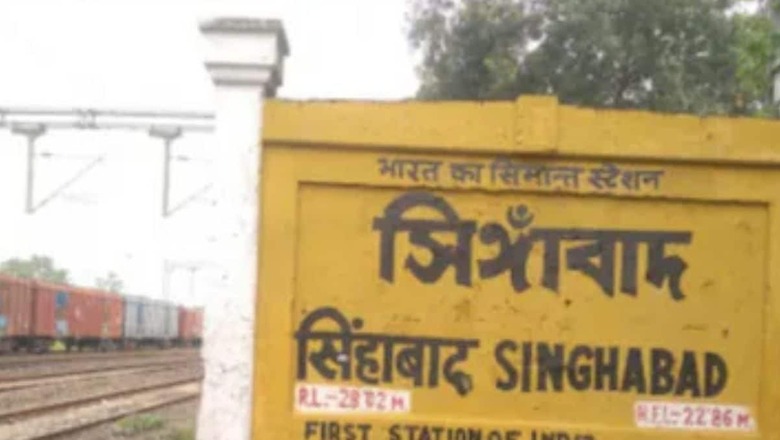
views
India has the fourth-largest rail network in the world. More than 13,000 trains run in the country every day, of which more than 2.5 crore passengers travel. These trains pass through more than seven thousand railway stations and cover a distance of more than 68 thousand kilometres. Do you know which is the last railway station in India and where it is located? Singhabad, located on the India-Bangladesh border, is considered to be the last railway station in India. After this railway station, the Indian border ends and the Bangladesh border begins. Singhabad railway station is located in the Habibpur area of the Malda district of Bengal. It was established during the British period, and this railway station has historical importance. It played an important role in relations between Kolkata and Dhaka. It is said that before independence, big personalities like Mahatma Gandhi and Subhash Chandra Bose used to travel through this station to go to Dhaka.
According to the latest reports, this station is now completely silent. No train stops here for any passenger. It is used only for goods trains. Some goods trains run from here to Bangladesh. Now its tracks are devoid of occasional passenger trains. t India’s last railway station is still the same as when the British left it.
The architecture of Singhabad station is a window to the past. Its colonial-era structures and equipment still stand intact, though mostly out of use, such as the signal system, ticket counters, and other facilities. They are now relics of a different time, bringing back memories of an era when the station was a hub of activity with passenger trains arriving and departing. The architecture here is a rare legacy of the colonial imprint on India’s railway infrastructure.
After India’s independence, Singhabad’s role changed. The creation of Bangladesh in 1971 and subsequent geopolitical changes led to an agreement in 1978 that allowed freight trains to operate from Singhabad. An amendment in 2011 expanded this role, allowing trains to and from Nepal to pass through. Singhabad became an important hub for freight trains, reflecting its importance to the region’s trade.




















Comments
0 comment